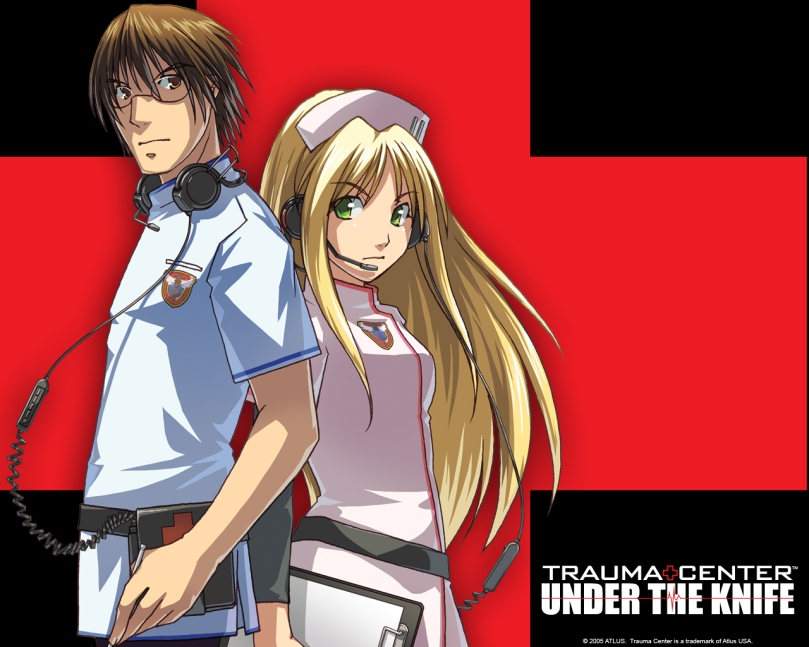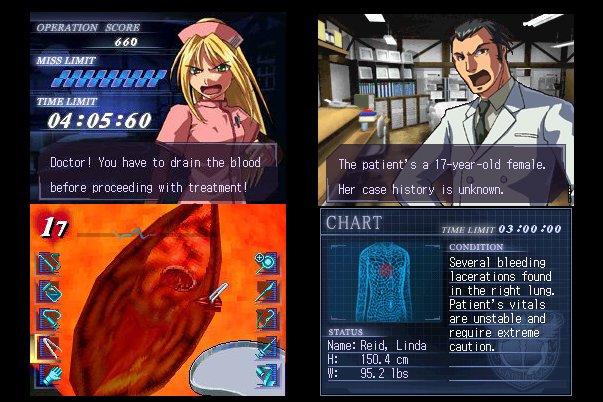Over the weekend, Stephanie, Rose, Arim, Jake, and I decided to participate in this crazy thing called a Game Jam. It’s essentially a hackathon, but for games. I’ve had no prior experience, so this 43 hour thing was new to me, and at the same time I was — somehow — expecting to finish it fast enough so I could still get a healthy amount sleep… They call me ambitious.
We managed to make “Smoke and Mirrors“, a puzzle platformer that turns the trope of princesses being rescued from towers on its head.
Fittingly, our mechanic challenges our usual way of approaching a platformer as well — by featuring a couple of princesses who are controlled by the same keys, but who either move in the same or opposite directions depending on what mode they are in.
In order of narrative coherence, then, the more important lessons I learnt:
1. My teammates wanted a save point, but I kept pushing it down the priority list. It came down to me preferring to add another sound than to implement the save point. “Just make them restart the level, ” I thought. “It’s a rogue-like game!” I thought. “It’s not even long!” I thought.
Obviously this became one of the biggest issues during the jam showcase. People would genuinely want to play the game, but not want to have to restart after dying. To make things worse,
2. It did not feel nice to move and jump in our platformer.
One problem I had already encountered in a previous game was that characters would tend to ‘stick’ to walls if players continued holding down the arrow keys, and not slide down due to gravity as they should. I didn’t know how big an issue that was, possibly because I did not try that game too much before the problem was resolved by my other programmer. So it wasn’t like I didn’t know the solution to that problem (which, if you’re interested, is to put a frictionless physics material to the characters’ and platforms’ colliders), it was that I didn’t know how big the problem was to do it.
What happened with the sticky sides of platforms or walls was that it was hard to jump. You had to be very precise in your jumps; just a slight overestimation would cause the side of your princess to collide with the wall, and hence eventually fall to the ground when the arrow button was released. This was intensely frustrating for the players.
This and the first lesson could have been discovered, of course, if I had just
3. Fucking playtested.
And I mean this not just with other people, but most importantly with myself.
I know this has been said so many times, but I was so engrossed in trying to make everything work that I kept pushing it back, or thinking that Stephanie would play it and tell me if anything was wrong as she was putting the level together. In the first lesson my teammates were trying to tell me that they thought it was important, but I just didn’t think so, because I had not encountered first hand for myself how frustrating it was to play through the whole game, especially with the not very graceful movement of our characters. If I had just duplicated the scene periodically and tried it myself, I would have noted down these things, and pushed them up the priority list.
I guess these are the things I hit myself over the head with. Of course our game had a couple more bugs — ladders especially were terrible, and there was a bug in the boss level that enabled players to win the game by just hitting one instead of two switches – but these are more specific problems that time wouldn’t have allowed us to discover and resolve in the duration of the jam.
The judges’ playtesting process was pretty irritating, I would say. It turns out that cutscenes and puzzle platformers aren’t the best things to show to judges; our judges skipped our cutscene immediately (much to the wrath of Arim, our artist who stayed up through the night to make it), and could not even get past the tutorial level. Everyone else who played our game got past the tutorial level, at the very least. Were they daunted by not being able to figure it out, and so did not try too hard? Did they try? Was it the time pressure of having the judging process already overstretched by 2 hours that weighed down on their ability to think? These are questions whose answers we’d never know. What we do know, however, is that the only thing they managed to achieve in our game is to use the arrow keys to move. At least they managed to follow that instruction?

Anyway, global game jam was a great experience which allowed me to generate many ideas during the brainstorming process that I’d love to develop in time to come. If I had one gripe, though, it is — don’t advertise 48 hours if we’re supposed to be done in 43! That is all.
To watch a video of it (and spoil yourself), head over to this link.









